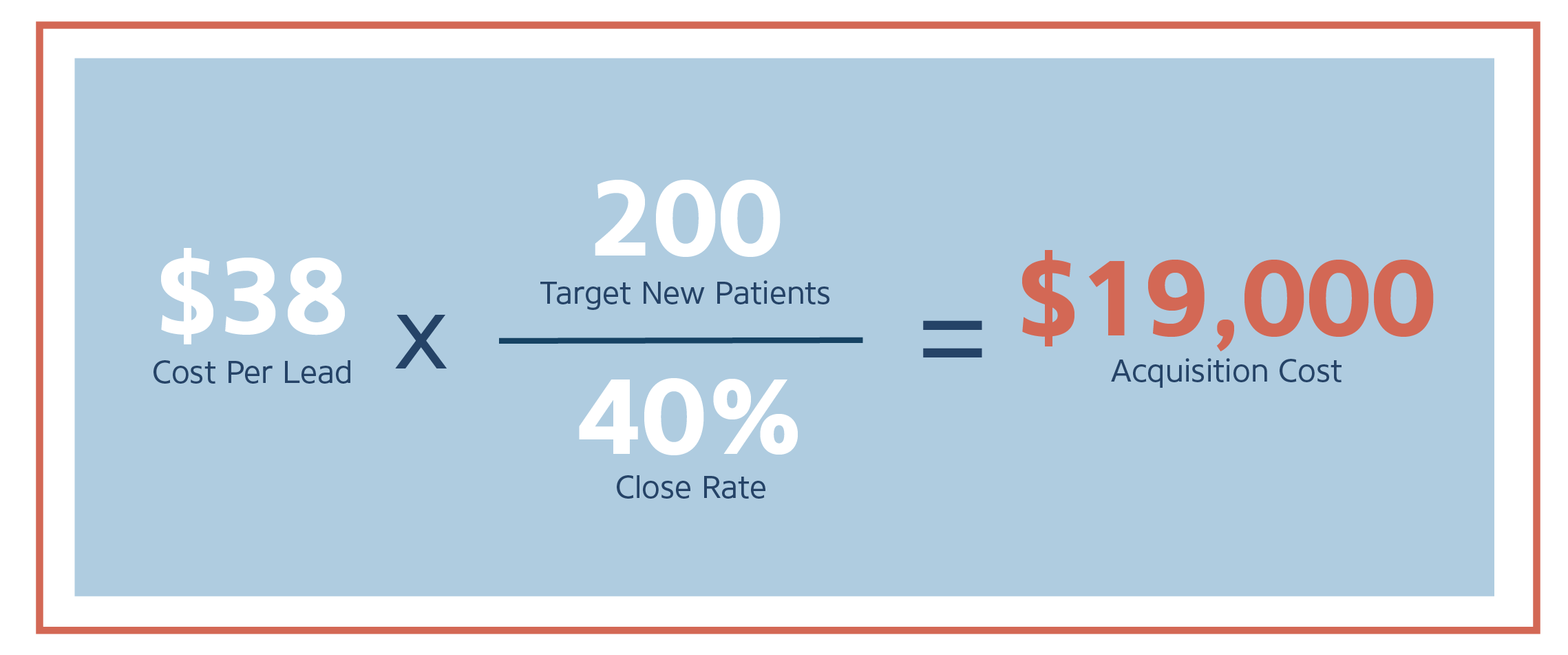March 18, 2019
The Hidden Costs of Losing a Patient — And How to Keep More of Them

It can be tempting to write off lost patients as an unavoidable byproduct of the business. “You can’t win ‘em all,” you tell yourself.
While it’s true that some patient attrition is inevitable (patients move, get new insurance, and even die) there are many ways a medical practice can combat the root causes of attrition to keep more patients for a longer time.
Exploring solutions starts with knowing your patient attrition rate. Do you know yours? If not, it’s the first thing you should do after reading this post. After all, you can’t make improvements until you define the problem.
If your practice is like others, you might be in the “normal” patient attrition rate of 10 to 30 percent. Of course, these rates vary by practice type, location, and patient population, so don’t take the normal range as a positive or negative indication of how your practice is doing. Find your actual number and take steps to improve it.
Patient Acquisition Versus Patient Retention: The Real Costs
Practices that have the “you can’t win ‘em all” mentality tend to focus instead on patient acquisition: getting as many new patients in the door as possible to boost profitability and productivity. However, patient retention is a much cheaper and more profitable strategy.
Research by Frederick Reichheld on various consumer industries shows that increasing customer retention rates by just five percent can boost profits by as much as 85 percent. Let’s explore one hypothetical example to show how patient retention can pay off for a medical practice.
Using the middle of the normal patient attrition range, let’s assume a medical practice’s attrition rate is 20 percent, making the retention rate 80 percent. If that practice has 1,000 patients, that means 200 patients will leave the practice in a given year. And assuming a $1,000 lifetime patient value (which again will vary widely based on practice type), the 200 lost patients represent $200,000 of missed revenue.
The practice has two options for recovering that lost revenue: Find 200 new patients or work to retain patients to prevent future losses.
How much would it cost to acquire 200 new patients? This calculation uses several assumptions, including hypothetical retention rate, lifetime patient value, close rate, and the average cost per lead in the healthcare industry.
Instead of rushing to acquisition, increasing the retention rate by a modest five percent would mean the practice needs to replace 50 fewer patients, saving $4,750 in acquisition costs.
The Three Cs of Patient Retention
Once you know your actual patient attrition rate and have set a goal to improve patient retention, it’s time to put a plan in place. Here are several opportunities that can increase patient satisfaction and engagement to help boost retention rates.
Communication
Clear communication is critical for patient engagement from pre-service to follow-up. Whether it’s an automated appointment reminder or billing notice, multi-modal communications that reach patients how they prefer to be reached is the key to success.
Going to a medical appointment is an interruption to your patients’ daily lives, so you want to make the entire process as convenient as possible. Allowing online scheduling and communication with your office via email and text are options patients crave, along with clear, concise billing statements and quick online or phone-based payment options like text-to-pay.
Most importantly, you need the insights to know when and how to reach each patient. Not only will your no-shows go down and collections go up, but your patients will also feel respected, empowered, and satisfied in the process.
Connection
Building a loyal patient base is all about forming human connections. Sure, you have to provide exceptional care and service in the office, but relationship building can’t stop there. Get more active on social media, share fun birthday greetings, run contests and giveaways, or simply provide tips for staying healthy between visits or utilizing your practice’s resources.
Also, consider asking happy patients for online reviews to boost your online reputation. This can help with new patient acquisition as well. About 80 percent of patients use the internet to make care decisions, and 60 percent have chosen a provider based on online reviews.
Overall, work to show your patients that you care about them and engage with them outside of appointment reminders and billing statements.
Comfort
Patients spend 99 percent of their time outside of your office — which makes communication and engagement so important — but the in-office experience is critical to patient retention. After all, these are the services they are paying for!
The most impactful thing you can do as a practice is to respect your patients’ time. Decreasing wait times and honoring appointment start times is one of the most significant determinants of patient satisfaction. Eight-four percent of patients surveyed indicated reasonable wait times as important to a quality patient experience, and nearly 20 percent of patients change providers due to long wait times.
Speaking of wait times, give your patients a nice place to relax before their appointment. Invest in the appearance of your waiting rooms and reception areas to make your patients feel calm and comfortable.
And always train and re-train your front-office staff and clinicians to be courteous, kind, and consistent to every patient who walks in the door.
RevSpring Can Help
Integrated payment communication is part of RevSpring’s DNA. We tailor the payment conversation to influence behavior and inspire action. Our segmentation rules and workflows help you become hyper-focused on the patient, understanding their ability to pay and mapping their financial obligations to repayment pathways.
If you’d like to learn more about our comprehensive patient engagement and billing solutions, we’d love to help you. Request a demo to see how we can help your organization meet its goals.